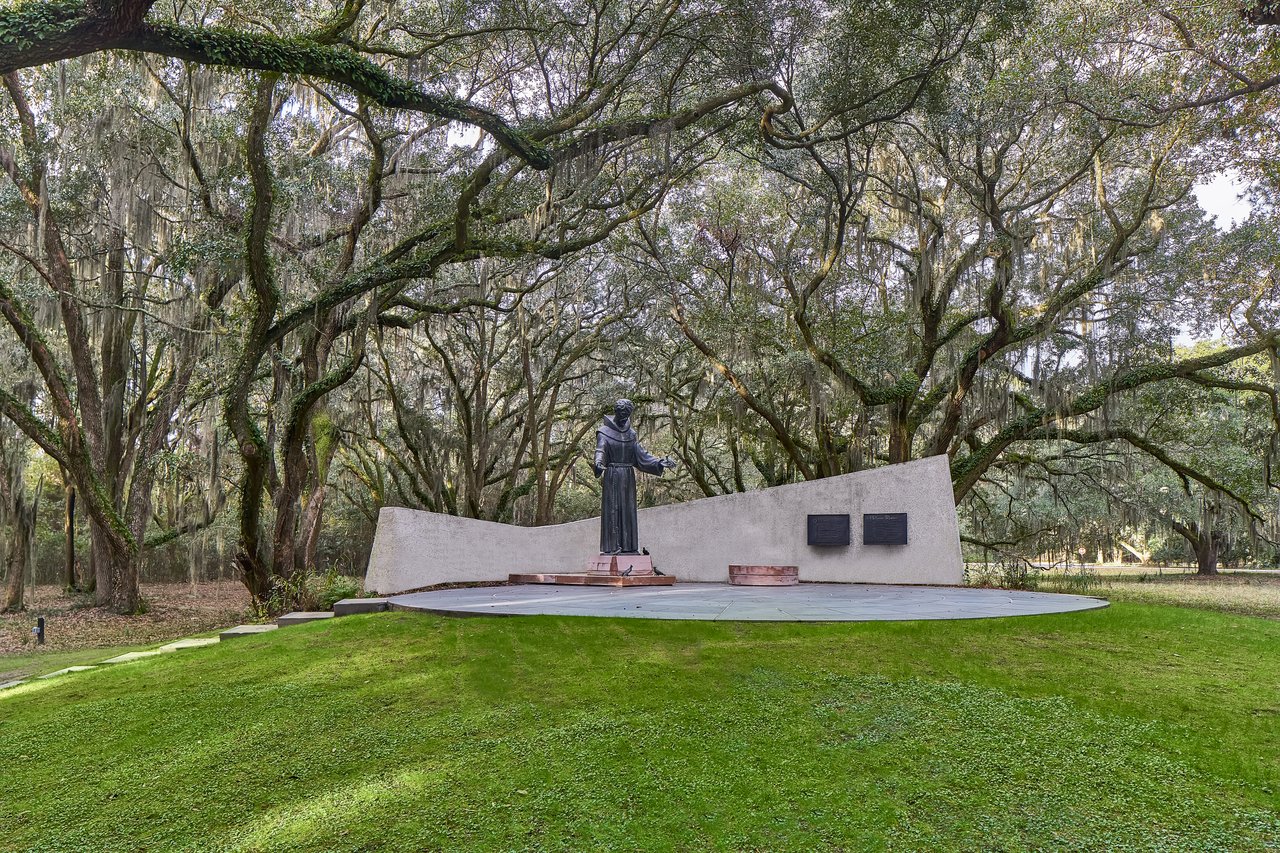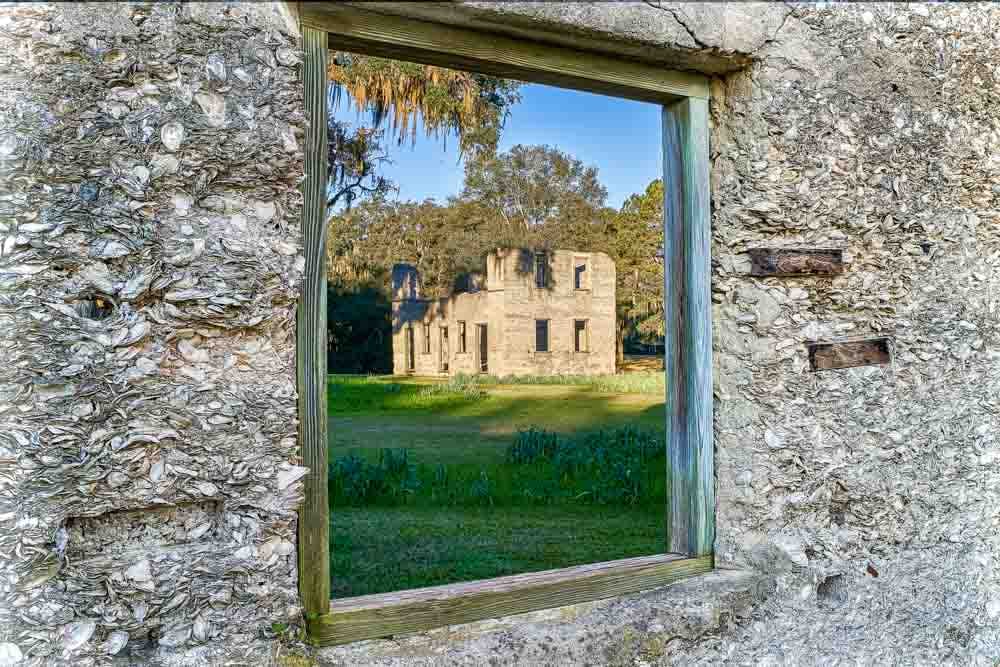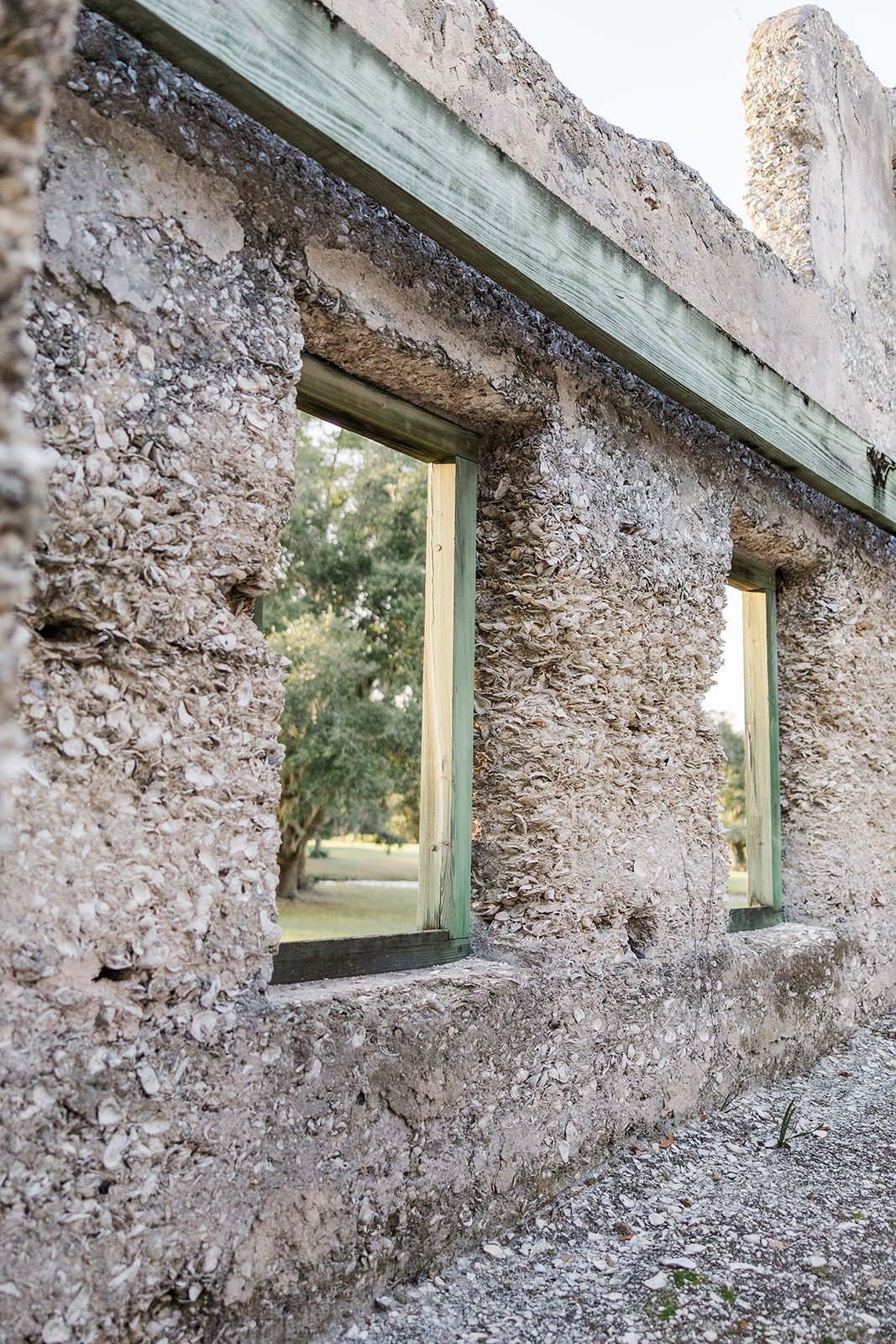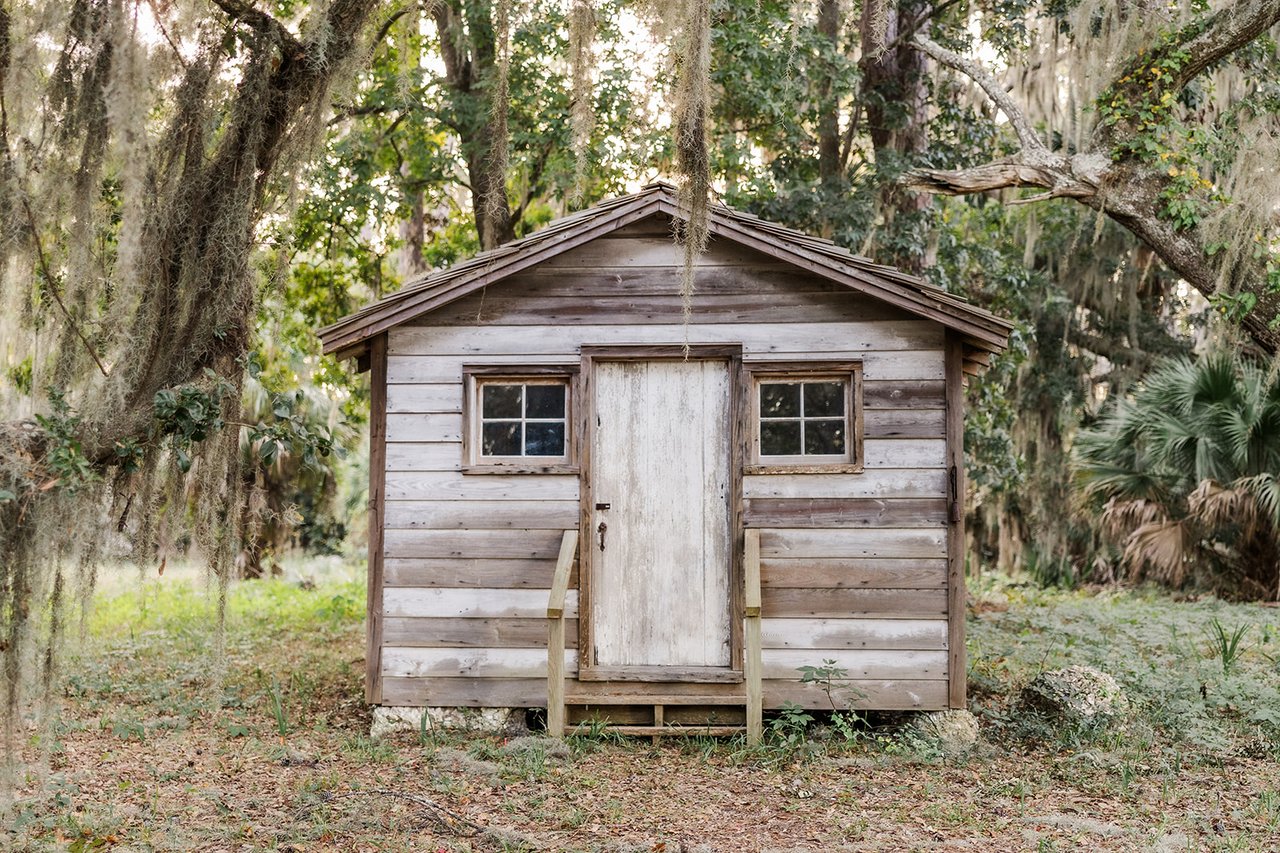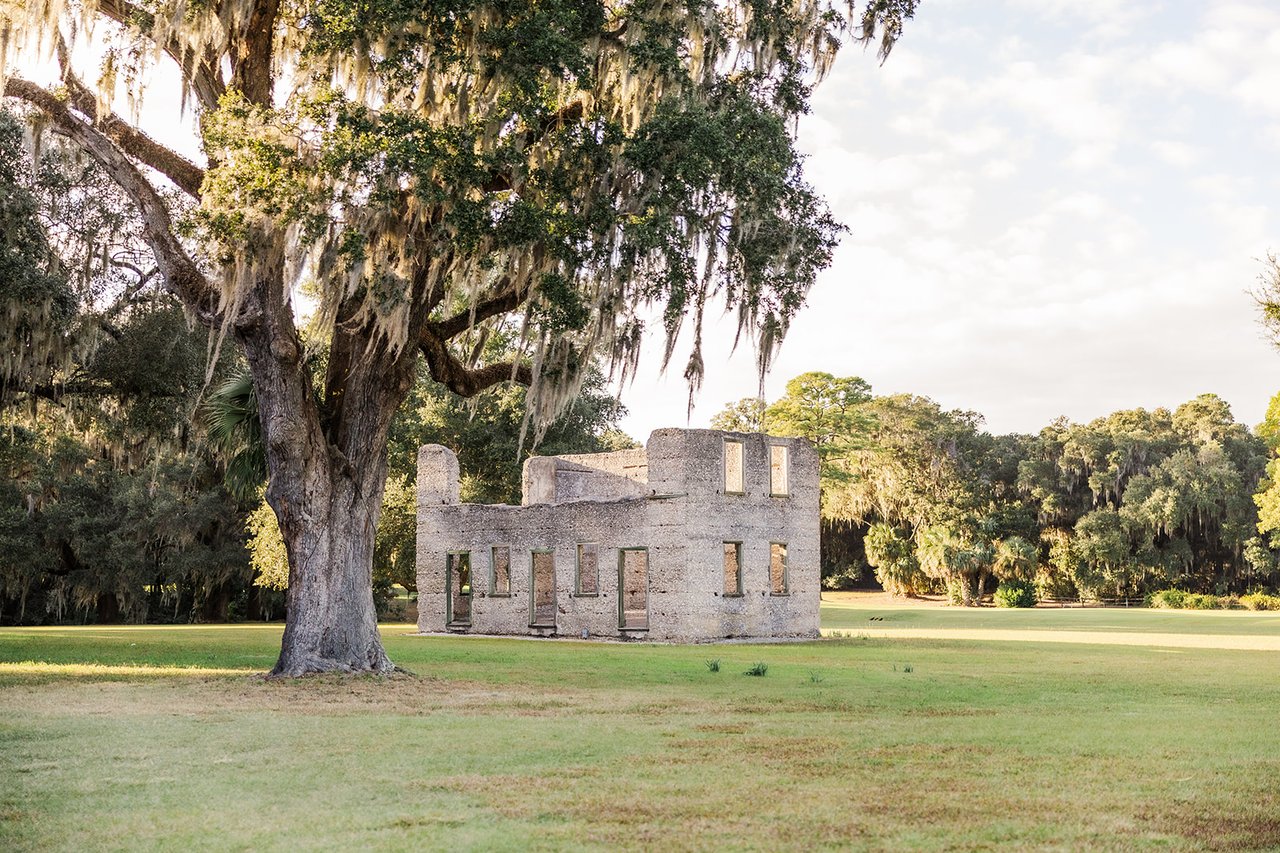
Tide and Time
Water has shaped every chapter of Spring Island’s history. Nestled within the Broad River estuary, this land has long been sustained by its rich ecosystem - where oysters thrive, fish are plentiful, and the tides offer both nourishment and passage. For centuries, Native Americans, European explorers, and settlers were drawn to its bounty. By the 16th and 17th centuries, Spring Island sat along vital shipping routes connecting the Caribbean, New England, Europe, and Africa, making it a crossroads of trade and exploration.
Before They Were Ruins
In 1706, the Lord’s Proprietors granted Spring Island to John Cochran, and by the early 1800s, his descendant George Edwards built the family home - whose tabby ruins remain one of the finest examples of Lowcountry craftsmanship. Though little is known about the Edwards family, their wealth was built on Sea Island cotton, a fortune that faded with the Civil War. While the “Old House” endured, Spring Island slipped from the family’s hands by the late 1880s, leaving behind echoes of a once-prosperous past.
